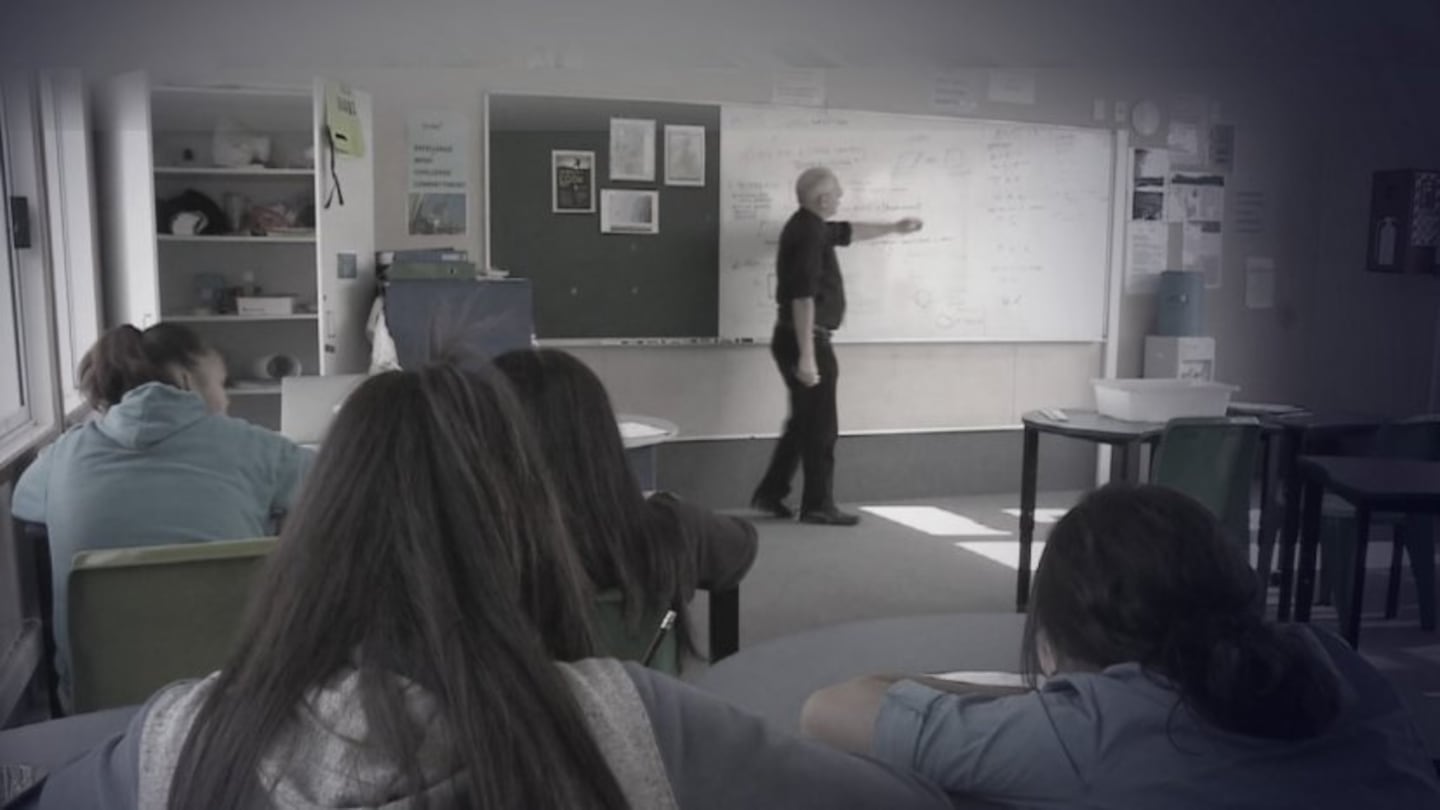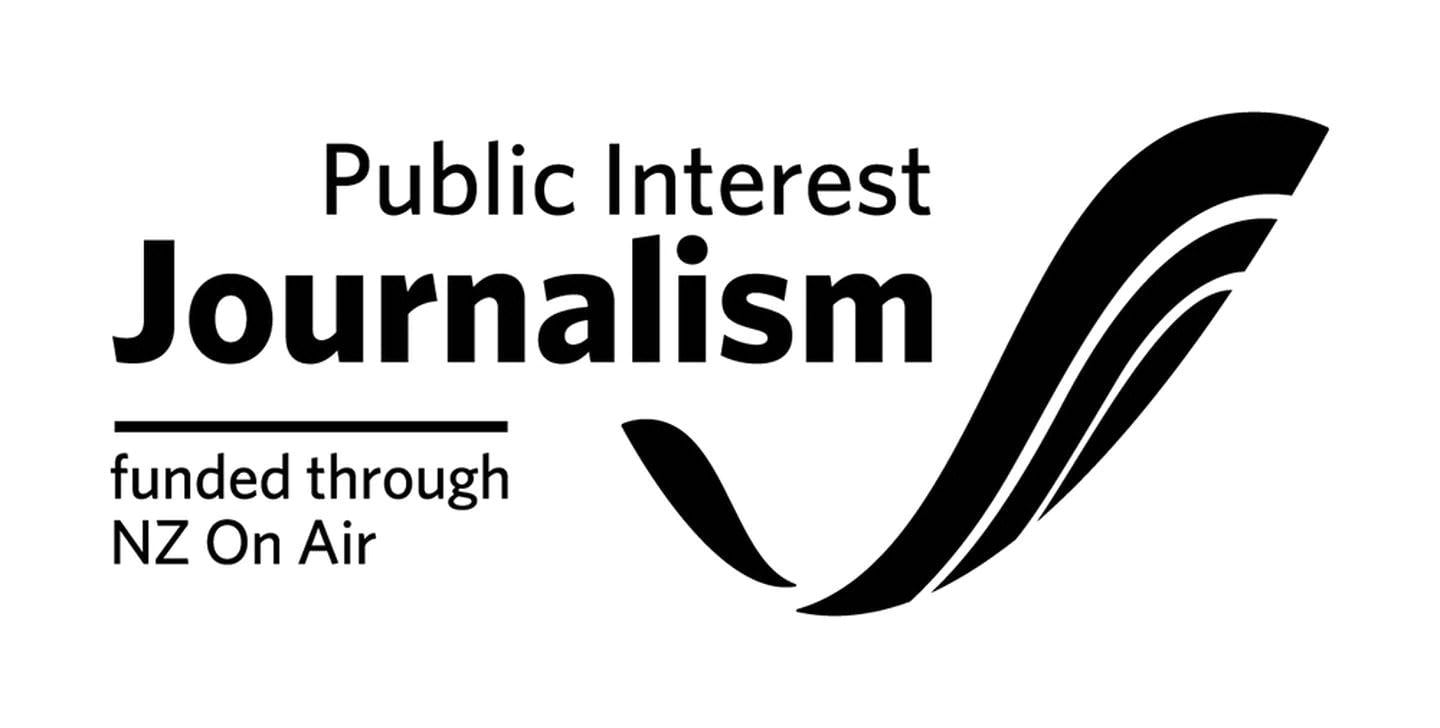Teachers have been put into a yo-yo motion after the government announced its plan to increase teacher numbers yesterday, despite axing hundreds of teaching jobs last year.
The changes include class ratios for Years 4 to 8 being reduced from 1:29 to 1:28, which will require 320 new teachers across the country.
Former education minister and Prime Minister Chris Hipkins fronted up on the issue while speaking to teaomāori.news, saying the announcement was to "change the formula that's used to employ teachers".
The 1:29 ratio is “the highest ratio across the entire school system” and, while it is the first step, Hipkins is hoping to see the ratio dropped even further than 1:28.
“That small step results in us needing to find another 320 new teachers to fill the vacancies that will be created by that. In reality, that won’t be even across the country either so we’ve got a lot of work to do.”
The teacher recruitment drive is also mirrored for nurses in the health sector.
Will the education announcements be enough to help?
Pay disputes
But both the health and education sectors are up in arms over pay disparities, which includes primary and area school teachers continuing industrial action at the beginning of term two next week.
“We’re in bargaining at the moment, and I have say that with the teaching profession, as with the nursing profession, when you’re in bargaining they tend to highlight the aspects of the job that they are frustrated by rather than the parts of the job that they love,” Hipkins says.
“As a former minister for education I had the opportunity to interact with a lot of teachers who weren’t in bargaining. I can tell that it’s a job that they are absolutely passionate about and that they get a lot of satisfaction from.”
Residency is being made easier too as part of the recruitment drive for international nurses. When it comes to cultural competency for them, Hipkins says there will be programmes designed to teach international nurses how to better deal with the New Zealand population – and it will include Māori being part of it.
“In terms of the cultural competency work, Māori will be heavily involved in making sure our new teachers, our new nurses, our new health professionals get up to speed with what’s a bit different about New Zealand.”


